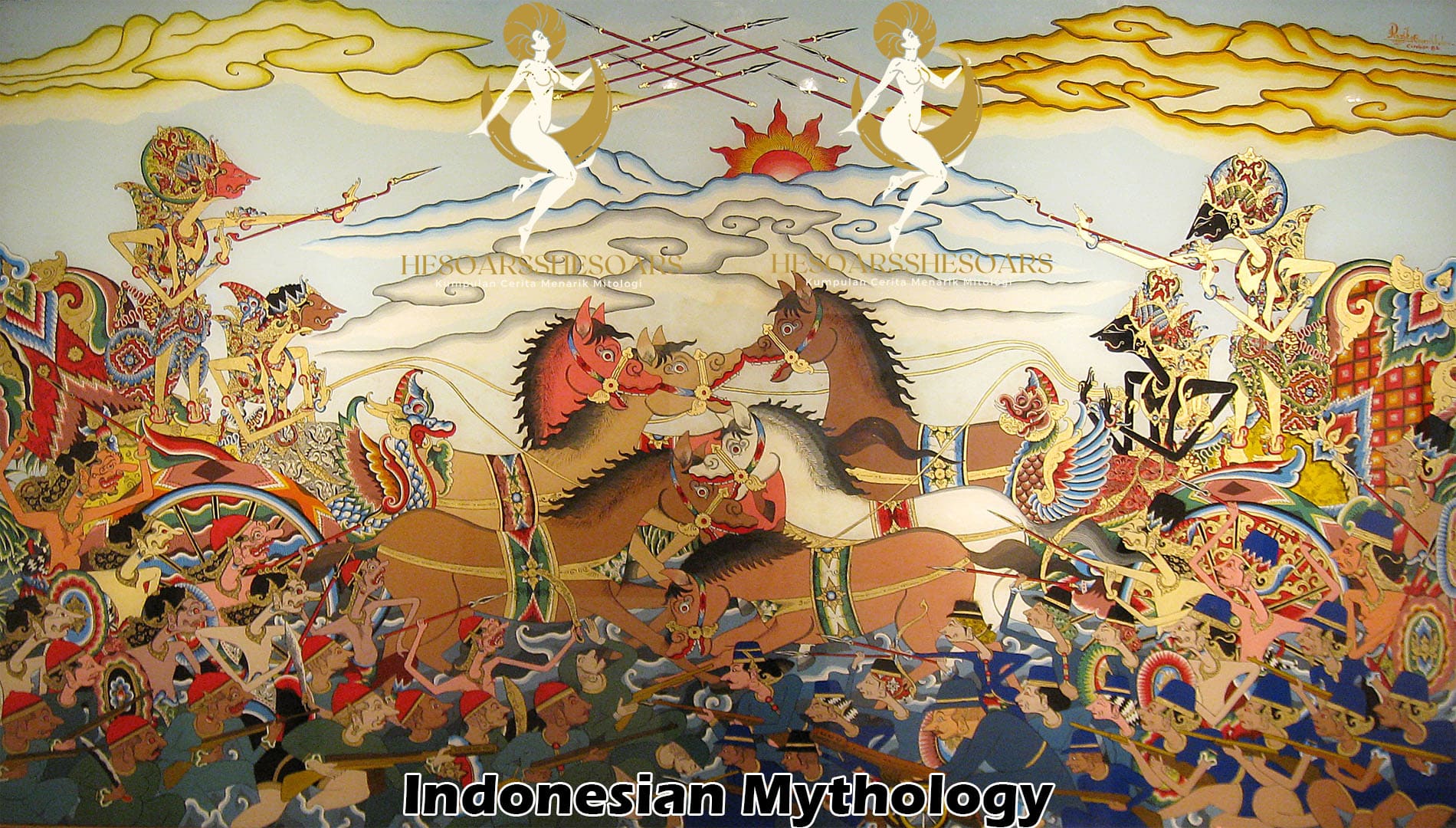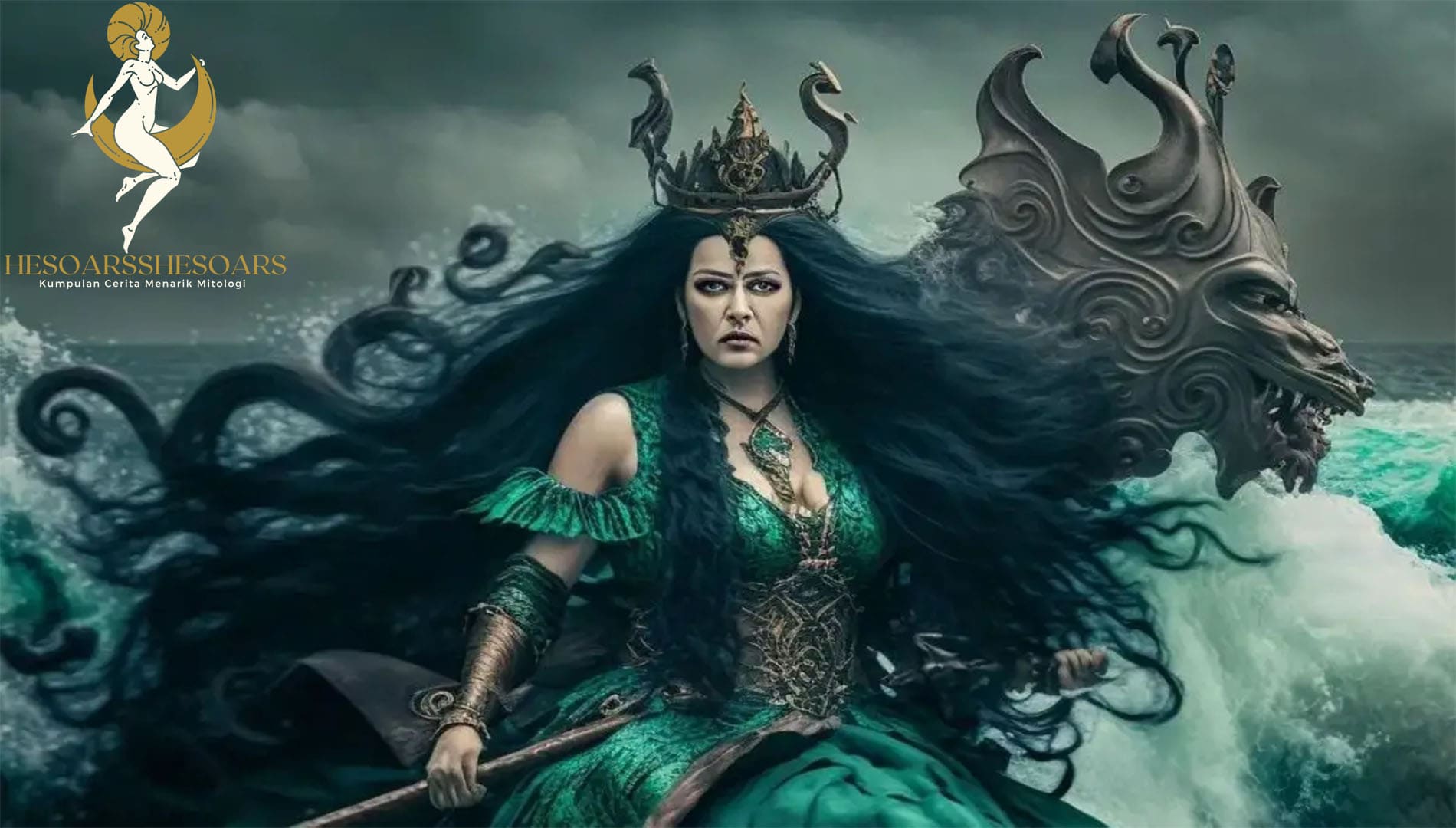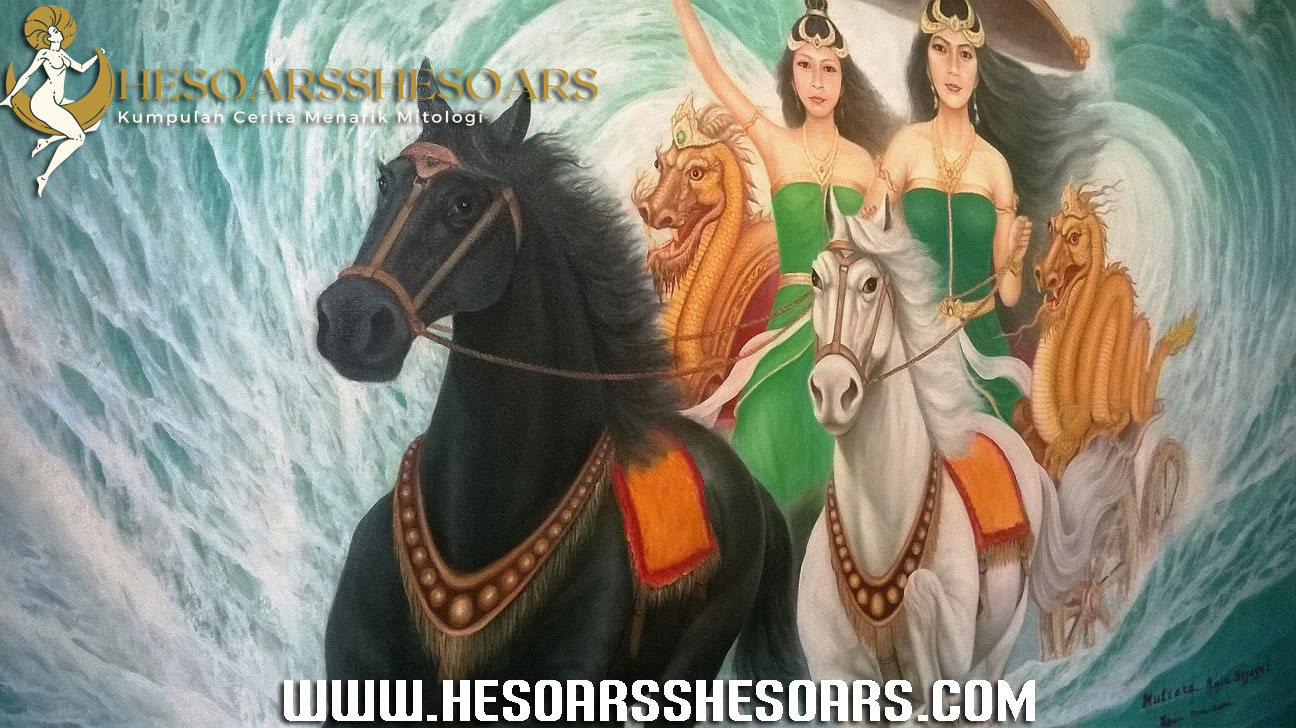Introduction
Indonesia, a land of diverse cultures and traditions, is also home to a rich tapestry of mythology that spans its many islands. From the mystical tales of Bali to the epic folklore of Java, Indonesian mythology offers a fascinating glimpse into the country’s cultural heritage and the imaginative power of its people.
“The Roots of Indonesian Mythology”
Indonesian mythology, deeply intertwined with the country’s history and diverse ethnic backgrounds, presents a unique blend of indigenous beliefs and external influences. These stories, often passed down through generations, serve not only as entertainment but also as a means of preserving cultural identity and imparting moral lessons.
“Major Themes in Indonesian Myths”
Like many mythologies, Indonesian myths often revolve around themes such as the creation of the world, the battles between good and evil, and the explanation of natural phenomena. Gods, goddesses, and mythical creatures play pivotal roles in these tales, each embodying various aspects of human experience and the natural world.
“Famous Indonesian Myths and Legends”
Indonesia’s mythology is rich with stories, such as the Javanese legend of Roro Jonggrang and the Balinese tale of Barong. These stories not only provide entertainment but also reflect the deep spiritual and philosophical beliefs of the Indonesian people.
“The Influence of Religion on Indonesian Myths”
Indonesian mythology has been shaped significantly by Hinduism, Buddhism, and Islam. This part of the article can examine how these religions have integrated with indigenous beliefs to create a rich tapestry of mythological narratives.
“Preserving and Celebrating Indonesian Mythology”
In contemporary Indonesia, mythology continues to play a crucial role in cultural events and artistic expressions. Traditional dances, puppetry, and literature often draw inspiration from these ancient tales, ensuring their continued relevance and survival in the modern era.
Indonesian mythology, with its rich array of stories and characters, offers a window into the soul of the nation. By exploring these myths, we gain a deeper understanding of Indonesia’s past and present, and the enduring power of storytelling in shaping a culture.
Regional Variations in Indonesian Mythology”
Indonesia’s vast archipelago, encompassing more than 17,000 islands, is home to hundreds of ethnic groups, each with their own unique set of myths and legends. This diversity results in a rich variety of stories that differ significantly from one region to another. For instance, the myths from Sumatra with their animistic roots offer a different perspective compared to the more Hindu-Buddhist influenced tales of Java and Bali. Exploring these regional differences not only highlights the diversity of Indonesian culture but also illustrates how geography and history shape mythological narratives.
“Mythological Characters and Their Symbolism”
Indonesian mythology is populated with a myriad of characters ranging from benevolent deities to fearsome monsters. Each character often symbolizes different aspects of life or nature. For example, Dewi Sri, the Javanese and Balinese goddess of rice and fertility, is a central figure in agricultural communities, reflecting the importance of rice in Indonesian society. Understanding these characters and what they represent helps in comprehending the deeper meanings and values embedded in these myths.
The Role of Mythical Creatures in Indonesian Folklore
In this section, you can delve into the diverse and fascinating array of mythical creatures that populate Indonesian folklore. These creatures, ranging from benevolent spirits to fearsome demons, play crucial roles in the myths and hold significant cultural symbolism. Examples include the ‘Leyak’ in Balinese folklore, a shape-shifting demon, or the ‘Jenglot’ in Javanese beliefs, a small, humanoid figure. Discussing the characteristics, stories, and cultural meanings of these creatures offers insights into the imaginative richness of Indonesian mythology.
“Challenges in Preserving Mythological Heritage”
Despite their significance, Indonesian myths face challenges in preservation. The rapid modernization and globalization have led to a decline in the transmission of these stories through traditional oral storytelling. There’s a growing concern about the younger generation losing touch with this integral part of their heritage. Efforts are being made to preserve these myths through formal education, digital storytelling, and cultural revitalization programs.
Conclusion
Indonesian mythology is not just a relic of the past; it is a living, evolving part of the nation’s identity. It reflects the rich tapestry of cultures and traditions that make up Indonesia, offering insights into the values, beliefs, and history of its people. As Indonesia continues to navigate the complexities of the modern world, these stories stand as a testament to the enduring power of myth and legend in shaping and enriching cultural identity.




